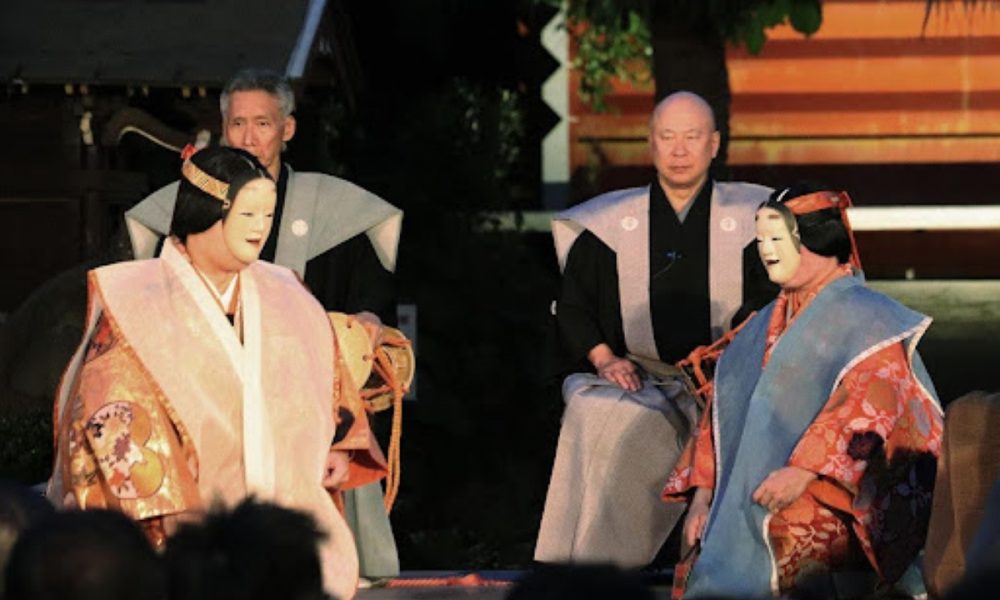
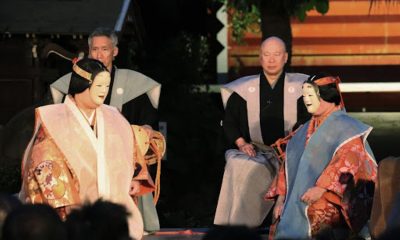

"Unoha," a Noh play banned for three centuries until the 1990s, was staged at Cape Udozaki, where its story about the birth of Emperor Jimmu's father...
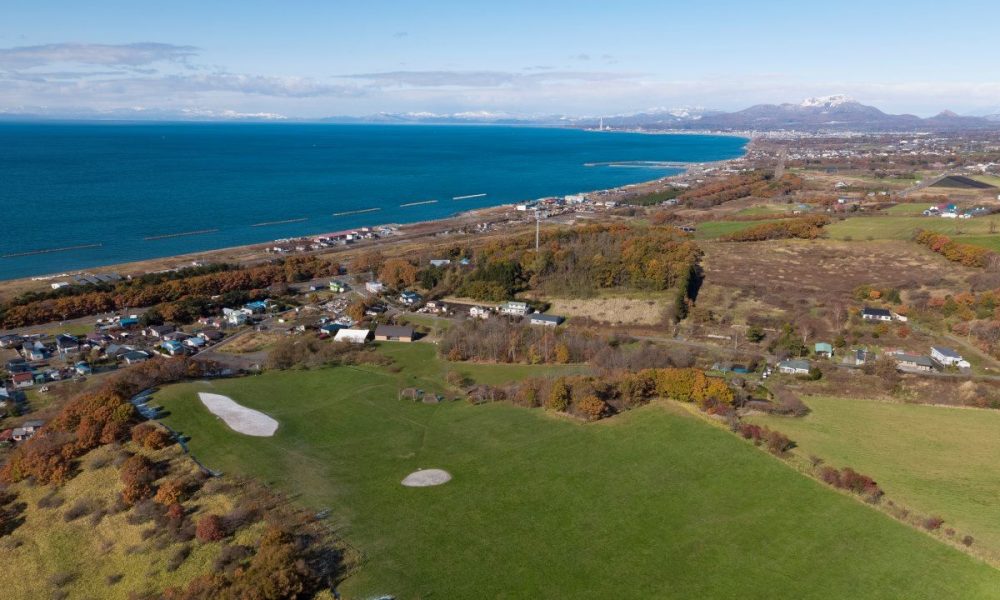
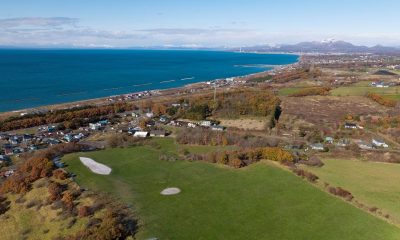

Hokkaido, with the rest of Japan, shares 14,000 years of deep historical roots from Jomon culture to Edo-era defenses against the foreign challengers of today.
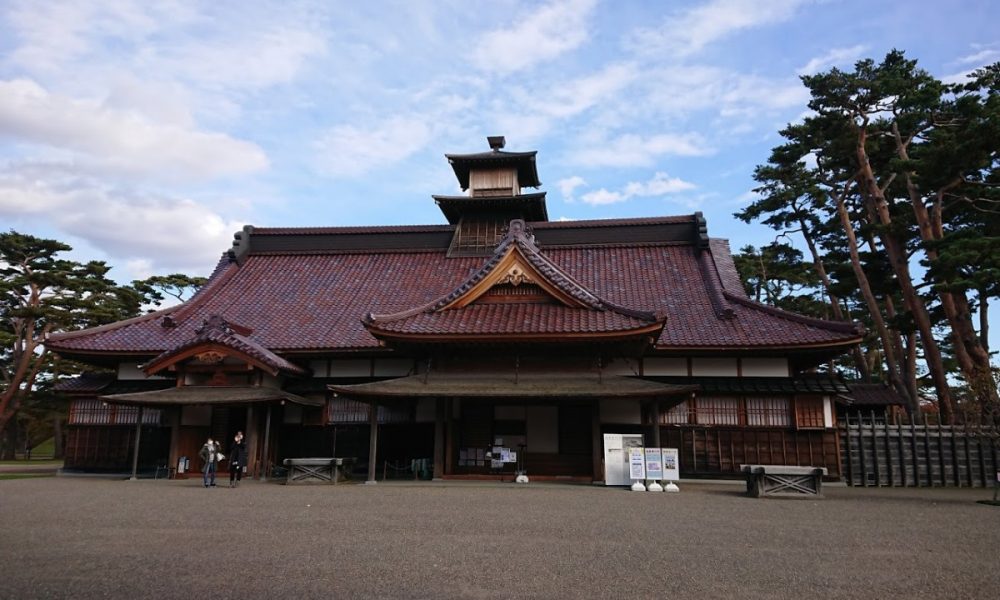
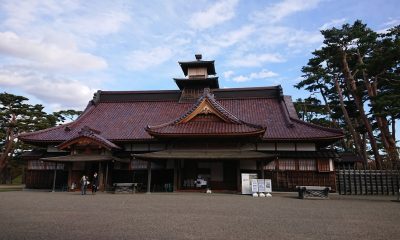

From detailed recordkeeping to map making, the early history of Hokkaido and the Northern Territories documents the region as an integral part of Japan.
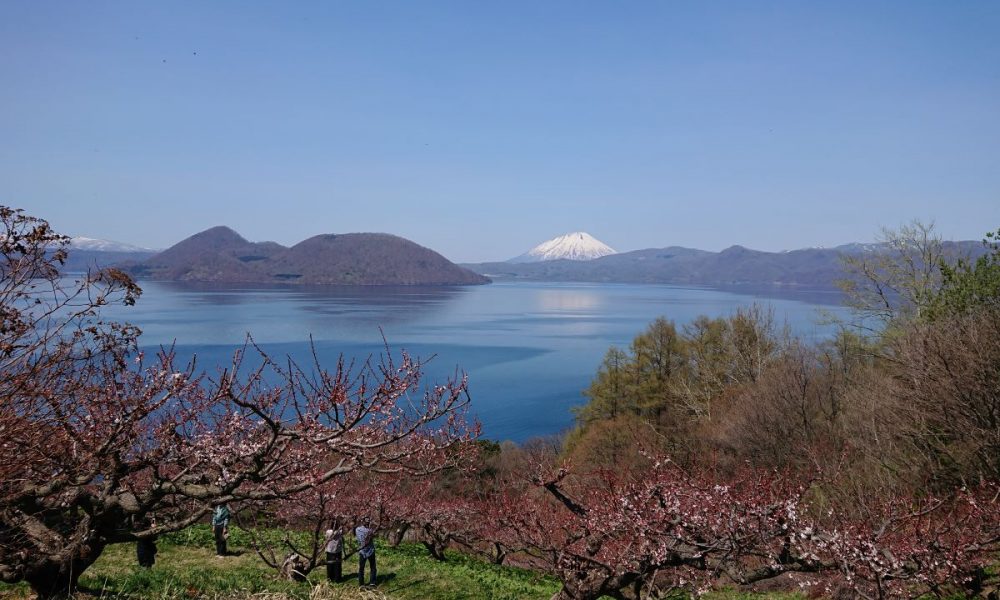
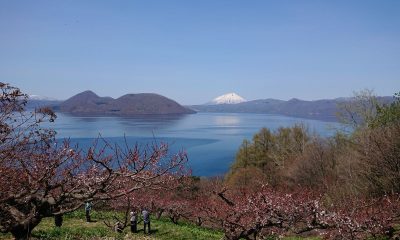

Keiko Nakamura explains that Edo period samurai risked their lives to protect Hokkaido. That history could be lost if the propaganda is not addressed.
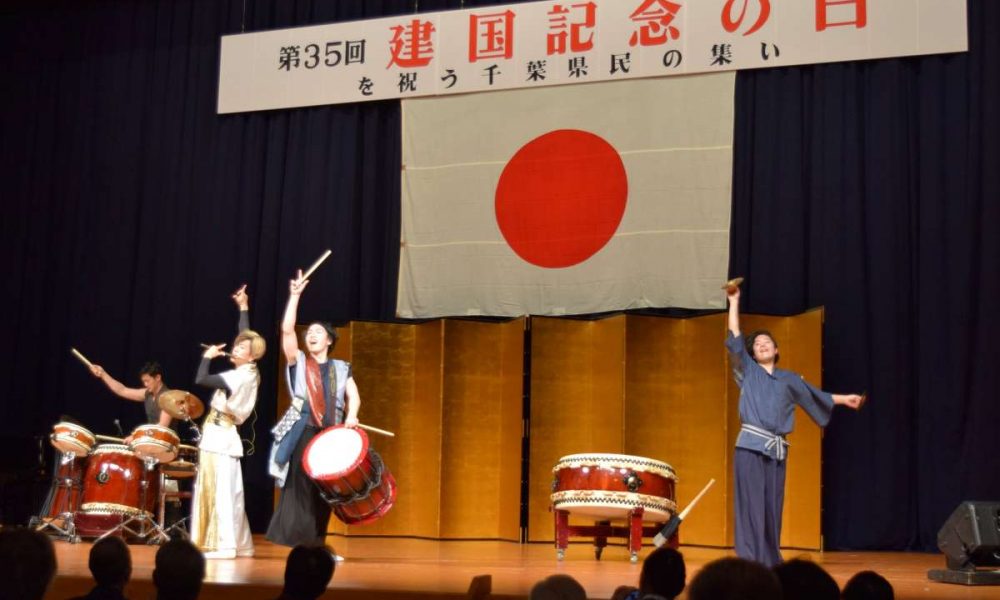


On National Foundation Day — and amid the Ukraine war and the tensions in East Asia — the Japanese should reflect on their relationship with their...
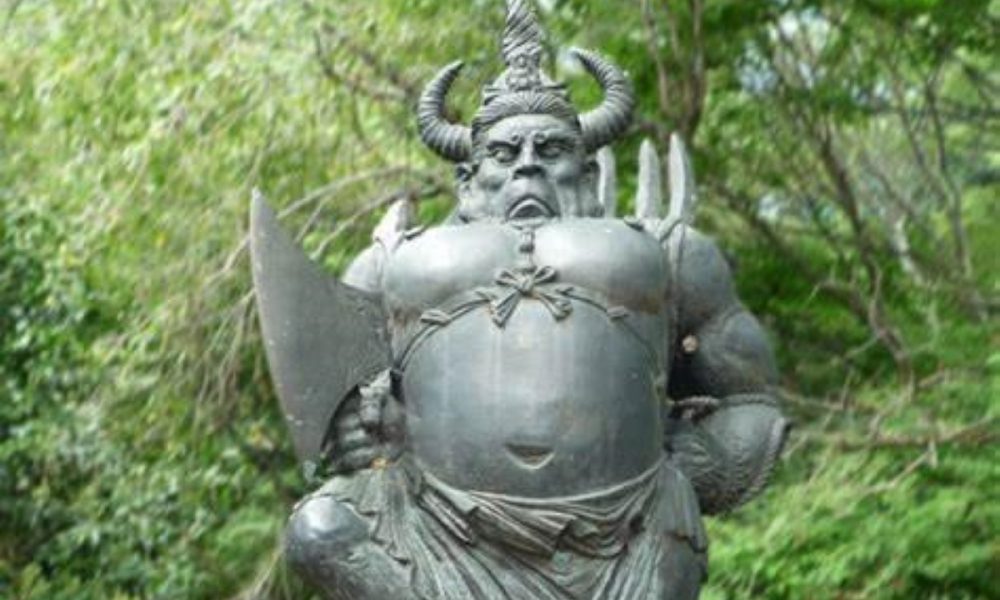
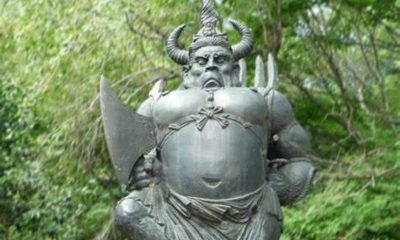

The Gion Matsuri story crosses many cultural lines. Was Muto-shin really Susanoo-no-Mikoto or a Korean god? And in which country did the Shorai brothers live?
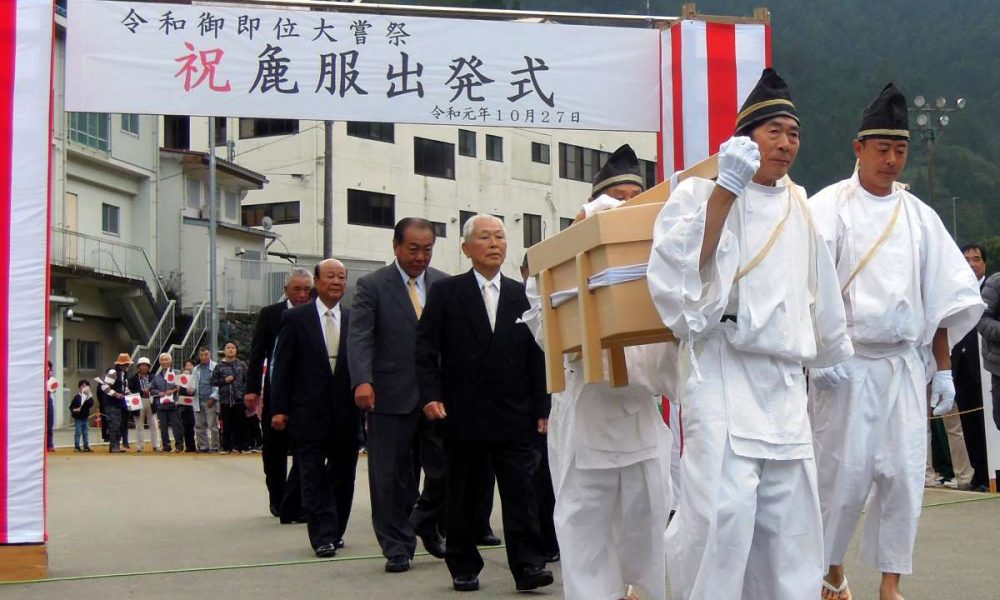


The secret Daijosai ritual remains a mystery, but a new theory has been proposed that links Japan’s oldest traditions to a long cultural corridor through Eurasia.

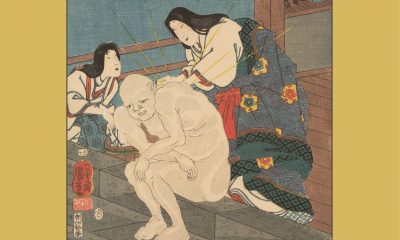

Separating fact from hype, the review takes a deeper look at how Japan has treated infectious disease patients over the years, and how this relates to...

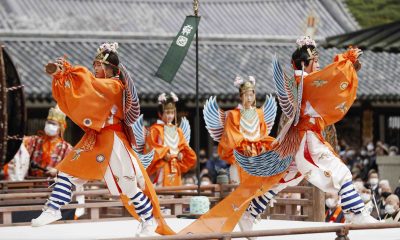

Deeply affecting Japanese culture, the revered prince whose life is celebrated every 100 years is credited with Japan's 17 Article Constitution and welcoming Buddhism. But what...
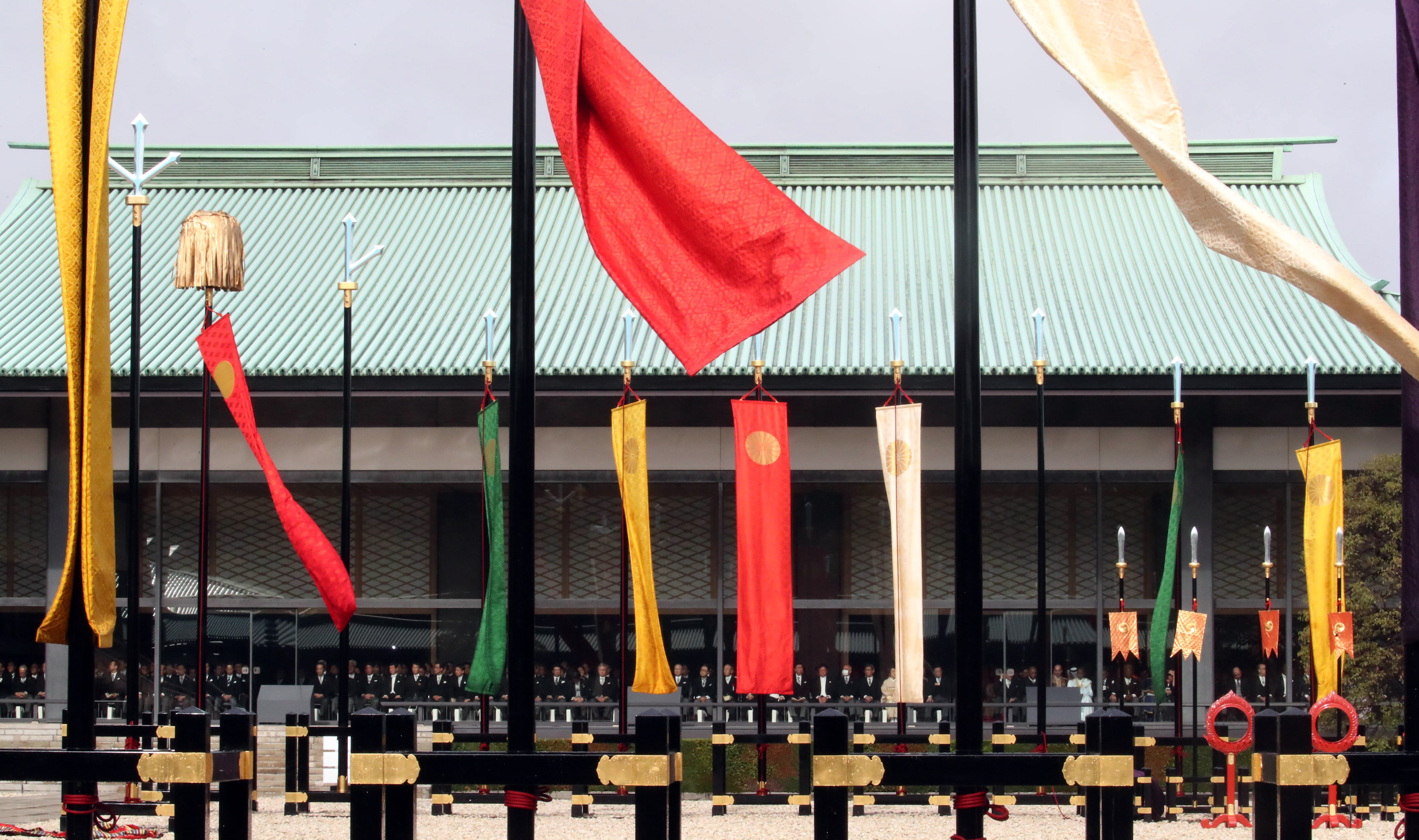

Kashihara Jingu in Kashihara City, Nara Prefecture — a shrine dedicated to the first emperor of Japan, Emperor Jimmu — will open some of...
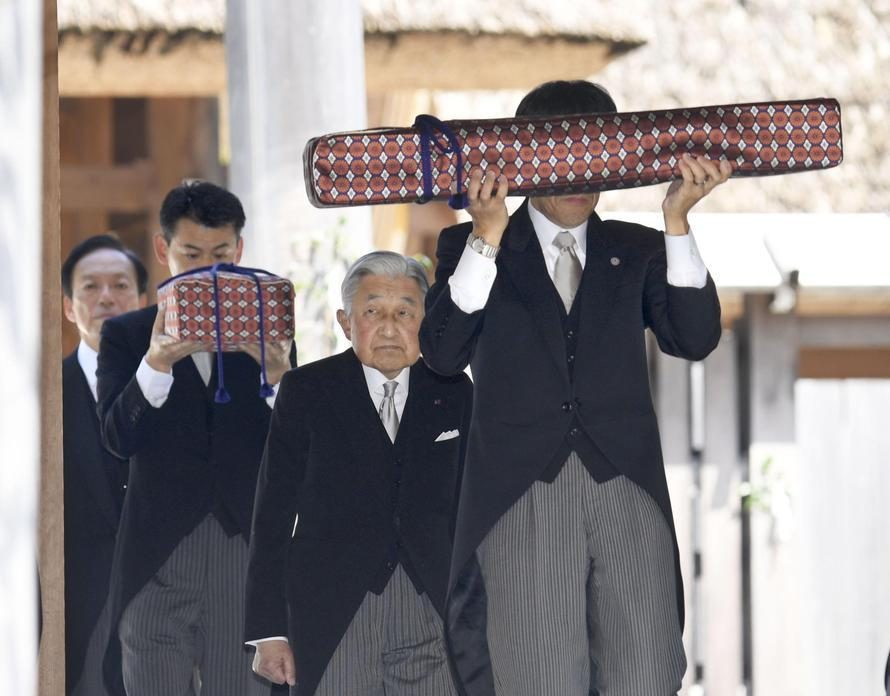


Recently, the current Emperor Heisei emerged from Ise shrine with the three sacred treasures of the Imperial regalia, known collectively as the, Sanshu-no-jingi. These...



I recently took a trip to Shimane Prefecture, also known as the San’in region, to research some of the mythical origins of the sword and...